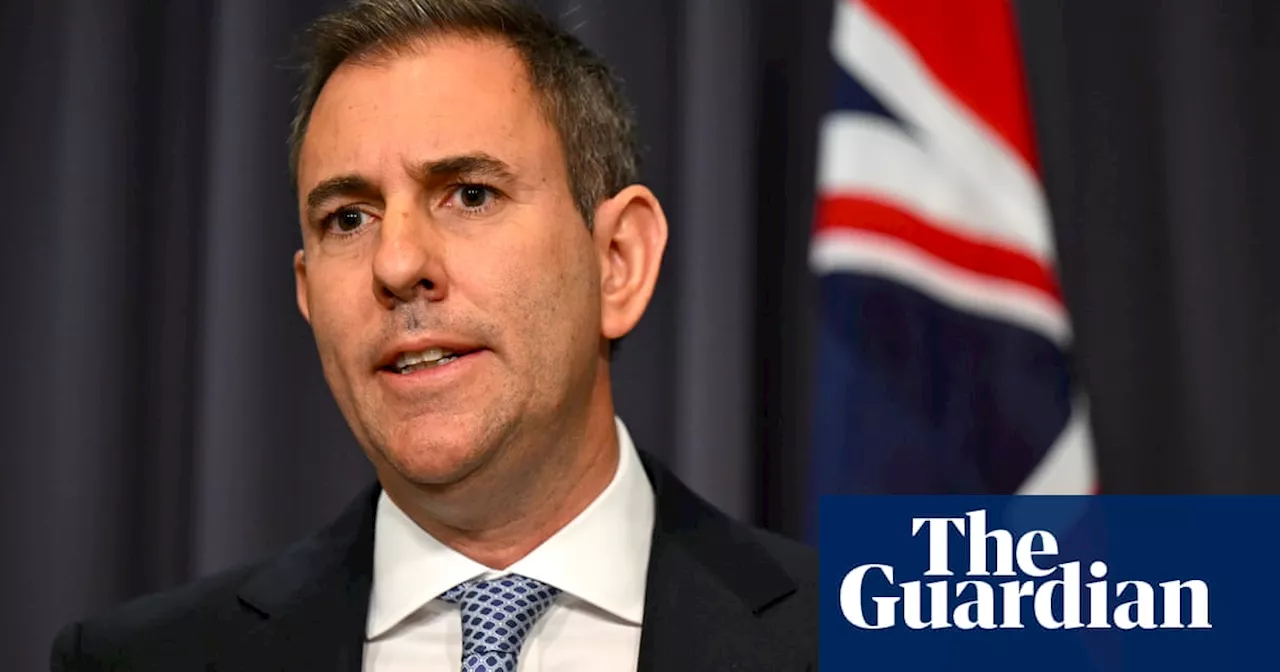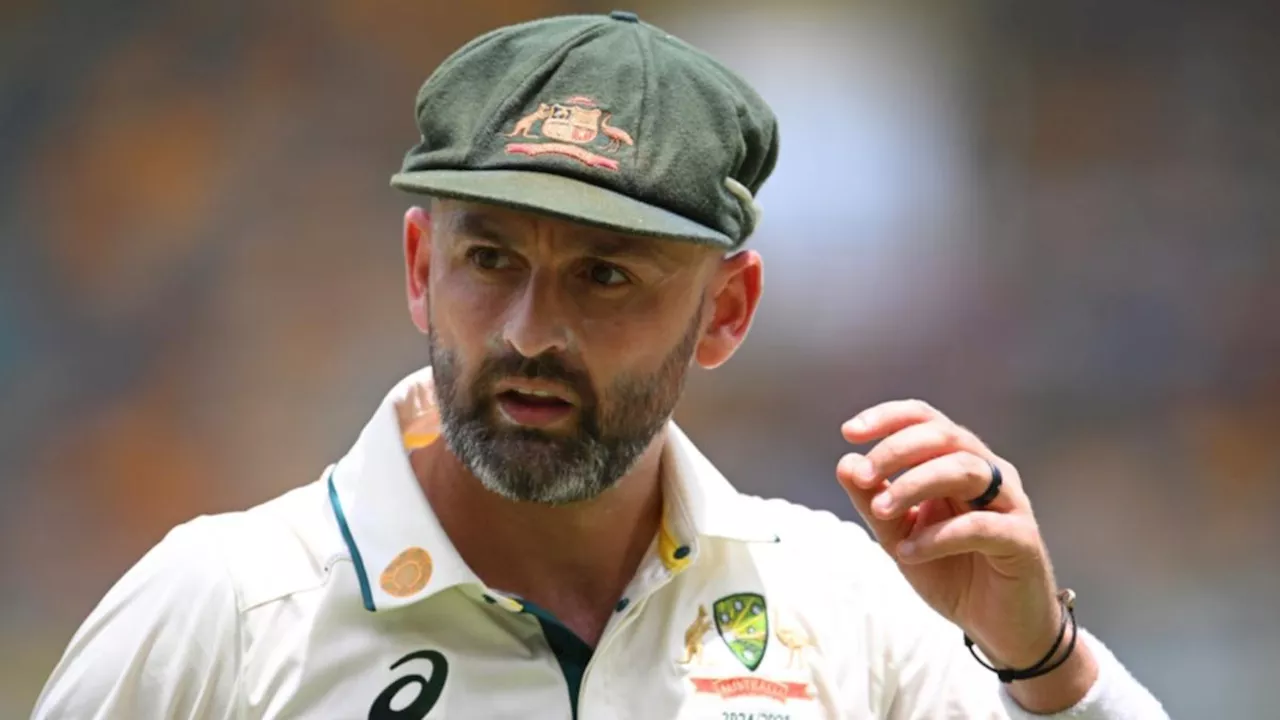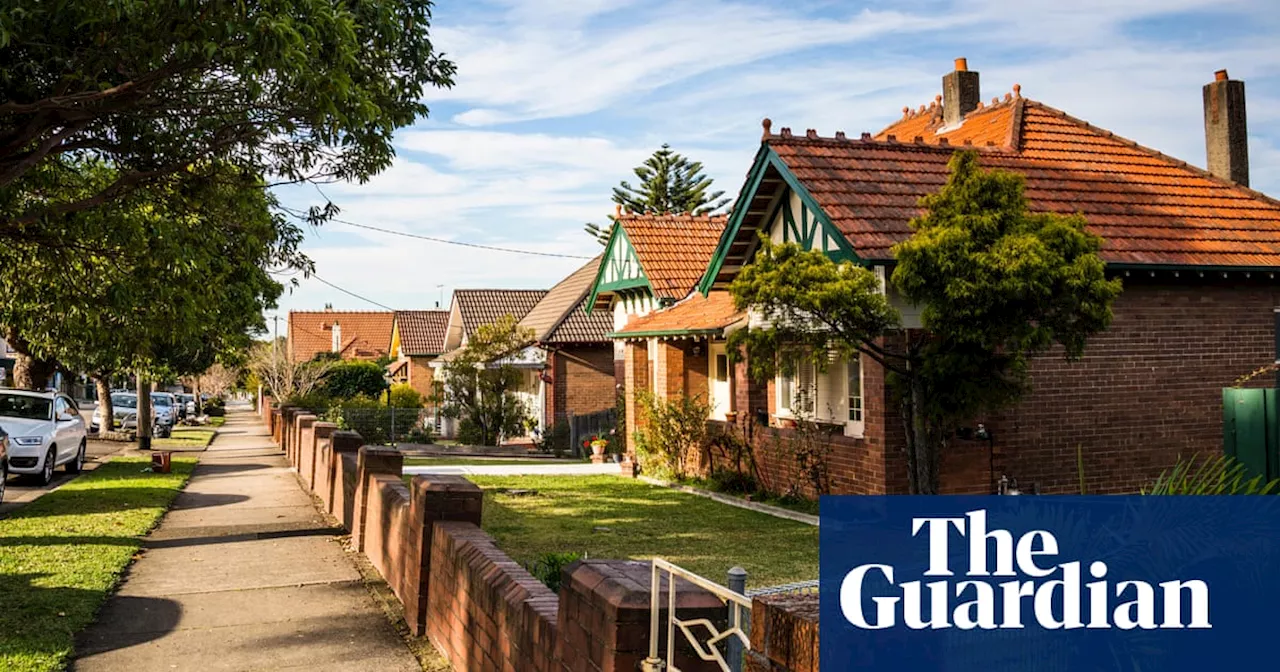A new report highlights concerning trends in healthcare accessibility in Australia, with a decline in bulk billing rates for general practitioner appointments and patients paying more out-of-pocket. While the government disputes these findings, citing an overall increase in bulk billing when considering concession card holders and under-16s, the report raises concerns about affordability and access to healthcare for many Australians.
A new report has found 'concerning trends' for healthcare accessibility in Australia, with decreasing rates of GP clinics bulk billing non-concession card holders and such patients paying more out-of-pocket for general practitioner appointments. However, the government has rejected the report's findings and insisted that overall bulk billing visit numbers - if concession card holders and under-16s are included - show a clear increase.
The national Blue Report published by healthcare directory Cleanbill looked at nearly 7,000 GP clinics across the country and found a decrease in the rate of bulk billing GP clinics across all states and territories. On average, the proportion of such bulk billing clinics has decreased by 3.5 per cent nationally since last year, from 24.2 per cent to 20.7 per cent, the report found. The report defines the bulk billing rate as the number of clinics that will bulk bill a new adult patient without concessions who attends a standard consultation during regular hours, divided by the total number of available clinics in the area. Cleanbill collects this data by calling clinics and asking whether they provide bulk billing to such patients. It says its data 'aims to provide the best understanding of what every GP clinic around you would say if you, as an adult without concessions, asked for their pricing and availability information for a standard consultation during regular, weekday business hours'. Across the states and territories, NSW GP clinics had the highest rate of bulk billing (34.5 per cent) and Tasmania the lowest (0 per cent). The Cleanbill report's authors said the findings 'paint a concerning picture for healthcare accessibility in Australia'. In November last year, the government released bulk billing data - which includes visits from concession card holders and under-16s - that paints a different picture than Cleanbill's. The government's data showed the proportion of all GP visits nationwide that were bulk billed increased from 75.6 per cent to 77.3 per cent between October 2023 and October 2024. The government attributed the increase to its tripling of Medicare bulk billing incentive payments in late 2023. Medicare incentive payments are separate from general patient rebates and only apply to bulk billed under-16s and Commonwealth concession card holders. In response to a request for comment on the Cleanbill report, Health Minister Mark Butler told SBS News: 'After we tripled the bulk billing incentive for GPs, bulk billing has started rising again in every state and territory. 'Every state and territory now has more bulk billing, with the largest rise in some states which have historically struggled with lower rates of bulk billing.' The Cleanbill report also found that not only are patients being bulk billed less, they are also paying more out-of-pocket for GP visits. The national average cost of visiting a doctor has increased by 4.1 per cent since last year from $41.69 to $43.38 and patients in Tasmania are paying the most at $54.26 per visit. The rising cost of GP visits has meant that more Australians are turning away from making appointments. Analysis from the Australian Bureau of Statistics found 8.8 per cent of people in 2023-24 reported not visiting the GP due to costs - up from 7 per cent in 2022-23. In 2021-22 only 3.5 of people put off or did not see a GP when they needed to due to the cost. Royal Australian College of General Practitioners (RACGP) president Dr Michael Wright told SBS News that patients' avoidance of GPs due to cost also means that more people eventually end up in hospital emergency rooms, which is far more costly to the healthcare system. 'It's kind of not good for anyone's health, and it's bad for taxpayers if patients aren't able to get in to see their GP if it's not affordable and accessible,' he said. Wright said that while the incentives helped to increase funding for those groups, 'it hasn't helped the majority of Australia'. Data from the Australian Institute of Health and Welfare has found bulk billing depends heavily on where a person lives, with people in remote areas more likely to be bulk billed for GP visits but also likely to pay more when they are not bulk billed. In 2023, patients living in very remote areas who weren't bulk billed paid an average of $49 in out-of-pocket costs, compared to those in major cities who paid an average of $43. The Grattan Institute's health program director Peter Breadon told SBS News that there were consistently low rates of bulk billing in 'GP deserts' such as Tasmania, the ACT, and remote parts of Australia. Breadon said the decrease in bulk billing and increase in prices has been driven at least in part by an increase in the expense of running a GP clinic in recent years
HEALTHCAREACCESSIBILITY BULK BILLING GPVISITS COSTS AUSTRALIA
Australia Latest News, Australia Headlines
Similar News:You can also read news stories similar to this one that we have collected from other news sources.
 Bulk Carrier Escaped After Fire Off Western Australia CoastA Thai bulk carrier caught fire while anchored off the coast of Western Australia, prompting an escort into Esperance Port. The incident highlights the importance of Esperance Port, which handles significant mineral exports from the region.
Bulk Carrier Escaped After Fire Off Western Australia CoastA Thai bulk carrier caught fire while anchored off the coast of Western Australia, prompting an escort into Esperance Port. The incident highlights the importance of Esperance Port, which handles significant mineral exports from the region.
Read more »
 Australia's Budget Sees Improvement Despite Expected DeficitThe Australian government's mid-year budget update reveals a $200 billion improvement in the budget position since the election, but an expected deficit looms. While debt is lower and interest costs reduced, a drop in mining exports is expected to offset some of these gains.
Australia's Budget Sees Improvement Despite Expected DeficitThe Australian government's mid-year budget update reveals a $200 billion improvement in the budget position since the election, but an expected deficit looms. While debt is lower and interest costs reduced, a drop in mining exports is expected to offset some of these gains.
Read more »
 Australia Sees Surge in Life-Threatening Pneumococcal InfectionRates of invasive pneumococcal disease, a serious bacterial infection, have reached a 20-year high in Australia, prompting calls for faster vaccine rollout.
Australia Sees Surge in Life-Threatening Pneumococcal InfectionRates of invasive pneumococcal disease, a serious bacterial infection, have reached a 20-year high in Australia, prompting calls for faster vaccine rollout.
Read more »
 Lyon Sees Hope for Australia Despite Draw ThreatDespite India passing the follow-on score and forcing Australia to bat again, Lyon remains optimistic about a possible Australian victory.
Lyon Sees Hope for Australia Despite Draw ThreatDespite India passing the follow-on score and forcing Australia to bat again, Lyon remains optimistic about a possible Australian victory.
Read more »
 Record-Breaking Crowd Sees Australia Clinch Boxing Day Test VictoryA massive crowd of 74,362 witnessed Australia's thrilling victory over India on the final day of the Boxing Day Test at the MCG, shattering the previous attendance record. The five-day Test attracted a total of 373,691 spectators, making it the highest-attended Test match in MCG history. The previous record, set in 1936-37 during the Ashes series, was surpassed by this epic contest.
Record-Breaking Crowd Sees Australia Clinch Boxing Day Test VictoryA massive crowd of 74,362 witnessed Australia's thrilling victory over India on the final day of the Boxing Day Test at the MCG, shattering the previous attendance record. The five-day Test attracted a total of 373,691 spectators, making it the highest-attended Test match in MCG history. The previous record, set in 1936-37 during the Ashes series, was surpassed by this epic contest.
Read more »
 Australia Sees Drop in Rental PropertiesThe number of active rental properties in Australia has decreased by 24,726 in the past year. This decline coincides with falling rental prices in Melbourne and a potential shift towards homeownership.
Australia Sees Drop in Rental PropertiesThe number of active rental properties in Australia has decreased by 24,726 in the past year. This decline coincides with falling rental prices in Melbourne and a potential shift towards homeownership.
Read more »
